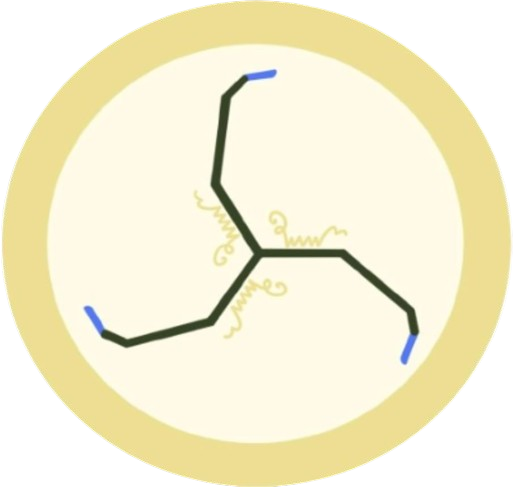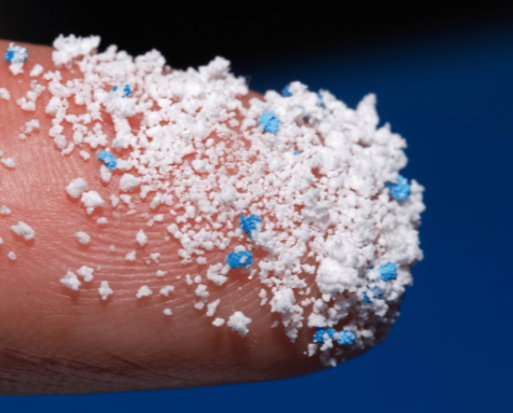Countless frantic Twitter rants, Instagram posts, and lengthy studies have been written on microplastics. They are the unseen monster in the closet for anyone who has researched human effects on the environment. But what are microplastics, and what is their effect on microbiota?
Microplastics (MP’s), are plastic particles under 5 mm in size. There are two types of microplastics; primary and secondary MP’s. Primary MP’s are microplastics that started off small. Some examples of primary microplastic sources are hygiene products, synthetic textiles, and tires. Secondary MP’s are microplastics broken down by mechanical or UV abrasion
of larger plastics. Secondary microplastics can come from landfills, fishing gear, and any source of debris.
Microbiota is essential for proper nutrient absorption, synthesis of vitamins, protection against pathogens, and immune system modulation. Having a variety of microbiota is necessary for these systems to run smoothly.
Microplastics have been found in an unimaginable range of locations, from honey to Antarctica, so naturally questions have been raised about their effect on microbiota health. Studies have found that in several multicellular organisms, microplastics can lead to a variety of different immunological, neurological, and respiratory diseases. These diseases can be caused by microplastics transporting specific microbes to organisms.
A study on seabirds conducted by McGill University found significant impacts on their microbiome. Microplastics caused pathogens and antibiotic-resistant microbes levels to rise, while the overall beneficial bacteria lessened. Seabirds are thought to be predominant carriers of microplastics from marine to terrestrial environments, and so this study shows that microplastics are commonly transferred from land to sea.
Another place where we can see a negative shift in organism health caused by microplastics is soil. Microplastics affect the ability of environments to metabolize and break down organic matter. Therefore, the presence of microplastics in soil decreases microbiota numbers. Additionally, MP’s destabilize the microbiota in marine sediments. This impairment disrupts the biogeochemical and nutrient dynamic of the ecosystem.
Microplastics have a detrimental effect on organisms. MP’s induce toxicity by leading to oxidative stress, energy metabolism disorders, gene damage, and other problems in organisms. The sheer volume of microplastics in the environment and the deterioration they cause pose a concern to humans, as we are also organisms. Small amounts of research have been done on how to mitigate microplastics, with a possible solution arising.
Actinobacteria are bacteria that can break microplastic polymers down into monomers. Given microplastics are essential strands of polymers, breaking them down into monomers enables them to be used in the microorganism energy cycle as a carbon source. Not enough research has been done into this method of making microplastics have a positive outcome to be able to make predictions or conclusions, but with more investigation, actinobacteria could become a hugely impactful bacteria in securing the future of organisms.
Microplastic research is often conducted in controlled settings, so more research is necessary on wildlife and natural environments. With more research will come more knowledge on their effects as well as what can be done to lessen the effects.
-Mabel Carroll
Sources:
- https://www.cell.com/heliyon/pdf/S2405-8440(23)02311-3.pdf
- https://www.ncbi.nlm.nih.gov/pmc/articles/PMC11056917/
- https://www.mcgill.ca/newsroom/channels/news/microplastics-are-harming-gut-health-348329
- https://www.ncbi.nlm.nih.gov/pmc/articles/PMC10304106/
*Disclaimer: This article has also been posted to our Medium. NernstNaK is the rightful owner of this work on both our website and Medium, and thus stresses that there has been no plagiarism or copying on either account.*

